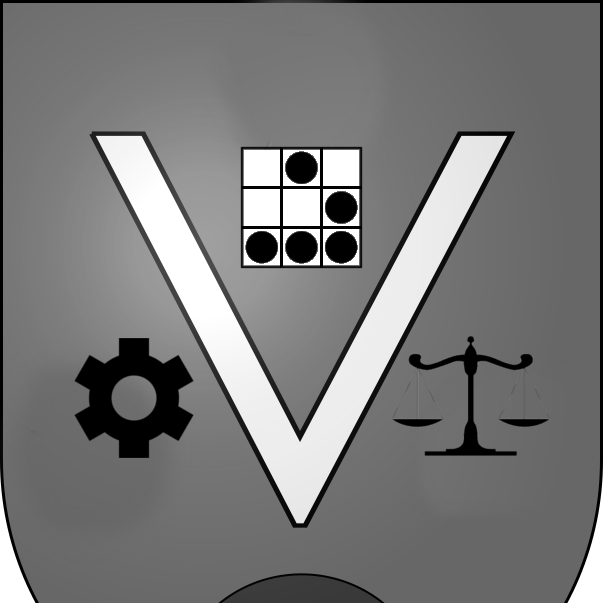Cheat sheet: Basic jQuery examples
I recently went through the first two levels of the free intro tutorial at JQuery in order to build some basic jQuery familiarity (more on why soon). Below are my shorthand notes and descriptions. I highly encourage visiting the site if you have never touched jQuery before, as it builds the foundational knowledge needed for understanding how jQuery is used on the web.
$("h2") # This is the shorthand form of calling jQuery code. The h2 will select any <h2> elements in the DOM.
$("span").text() # This will select the text "object" that is found under any (all) <span> elements in the DOM.
$("span").text("STUFF") # Similar to above, but this will set the value of the text object to STUFF.
$(document).ready(function() {
jQUERY CODE HERE
}); # This will make sure the full DOM has loaded before executing your jQuery code.
<script src="SCRIPTFILE"></script> # HTML tags to load a script file. I think in proper HTML this can be a single <script /> tag without the </script> closing tag, but the tutorial did not allow for that.
$(".class h2") # Selects all the <h2> elements in the named class.
$("#id") # Selects all elements with the named id.
$("#id li") # Selects all the <li> elements with the named id (note this is not the preferred way to do this).
$("#id").find("li") # Selects all the <li> elements with the named id.
$("#id").children() # In the example this works the same as above, but it is using the direct parent/child relationship to make the selection. Different DOMs could have different results.
$(".class1,.class2") # Multiple selectors being used to select two different classes in a single query.
$("#id > li:first") # Using the :first pseudo selector to select the first <li> element in the named id.
$("#id > li:even") # Using the :even pseudo selector to select every other <li> element in the named id.
$("#id").find(".class") # Use traversal to select each instance of the named class within the named id.
$("#id").find("li").first() # Traverse into the named id, selecting the first <li> element found.
$("#id").find("li").last() # Similar to above, but selecting the last <li> element found.
$("#id").find("li").last().prev() # Select the <li> element one previous to the final element in the named id.
$(".class").parent() # Select the parent element of any element in the named class.
$("#id").children() # Select the children elements of the element with the named id.
More to come, as I complete the latter two free levels.
